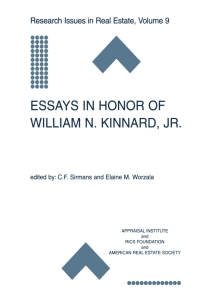Question
1.there is an example of a three-year annuity, which the first payment is in year 1, the second payment in year 2, and the third
1.there is an example of a three-year annuity, which the first payment is in year 1, the second payment in year 2, and the third payment is in year 3. However, if the first payment will be paid in the second year, how can I calculate the present value of such annuity.
2.Why the annuity due's result in a higher present value? If you have cash outflow, wouldn't your money be less and the present value shouldn't be decreased?
3.It is said that continuous compounding is the mathematical limit compounding interest can reach. And at that time n reaches infinity, so the formula changed from FV = P*(1+r/n)^(nt) to FV = P*e^(rt). I have no idea how these changes happened and I want to know when and how to use this formula.
4.I don't really understand that when I compound interest if I'm dealing with months or quarters, I have to divide 4 or 12. Quarterly compounding: FV = 1000(1+(0.05/4))^(4*3) Monthly compounding: FV = 200(1+(0.05/12))^(12*3)
could you please explain the meaning on why to divide 4 or 12?
Step by Step Solution
There are 3 Steps involved in it
Step: 1

Get Instant Access to Expert-Tailored Solutions
See step-by-step solutions with expert insights and AI powered tools for academic success
Step: 2

Step: 3

Ace Your Homework with AI
Get the answers you need in no time with our AI-driven, step-by-step assistance
Get Started


